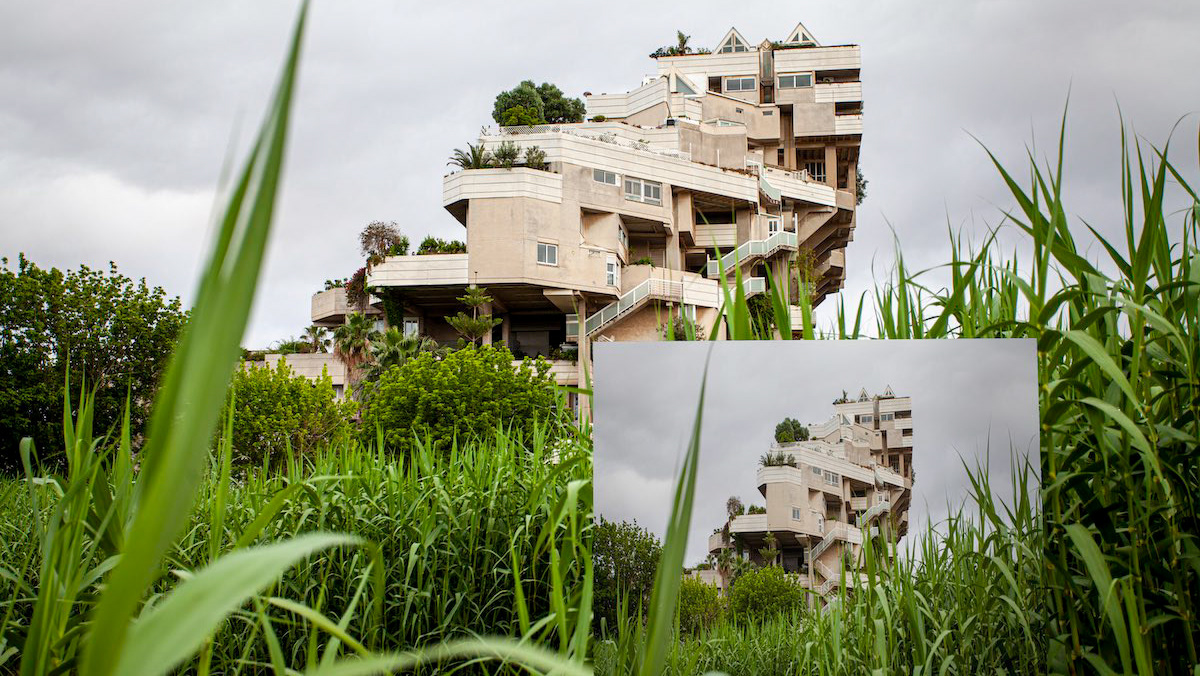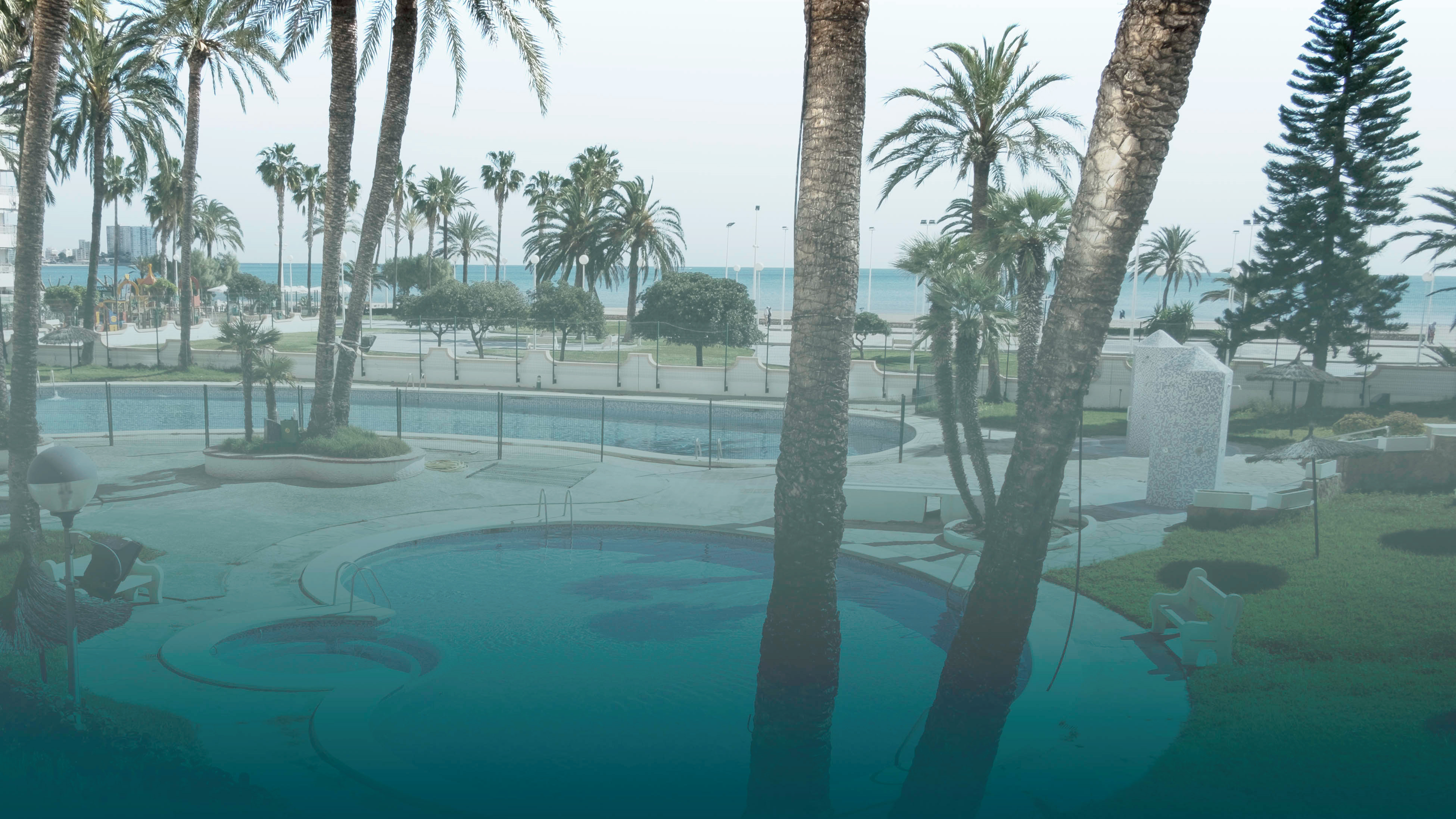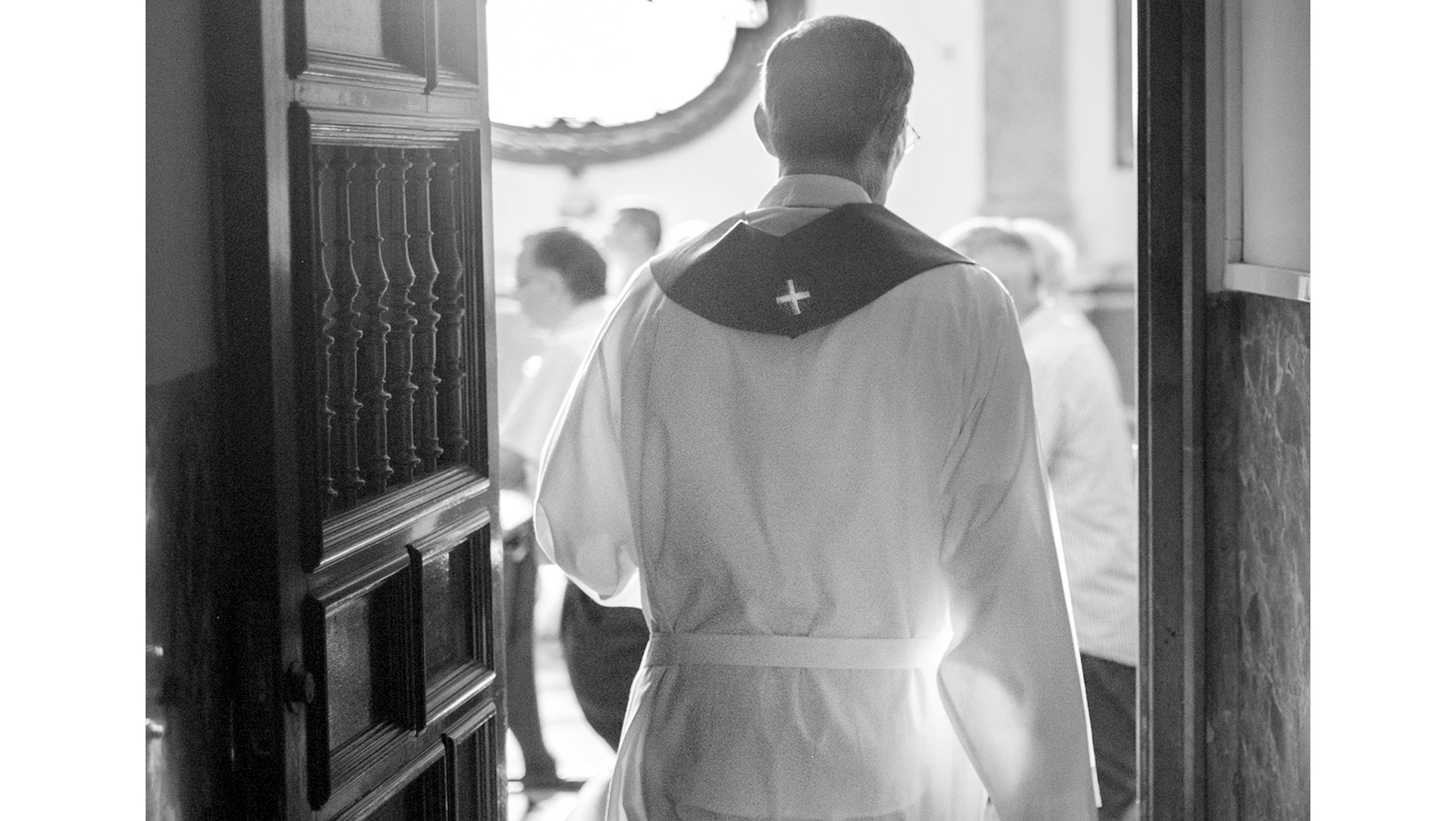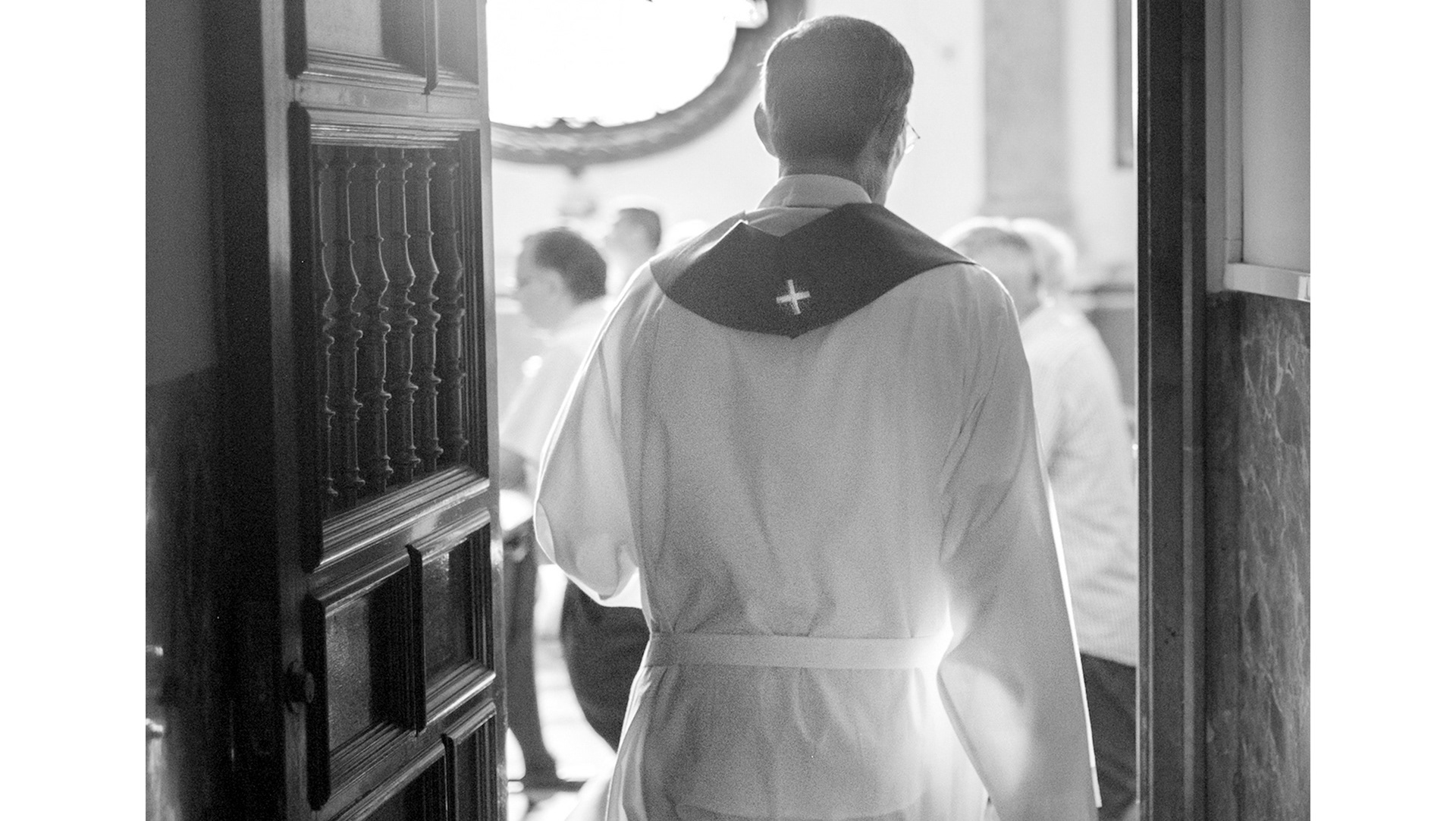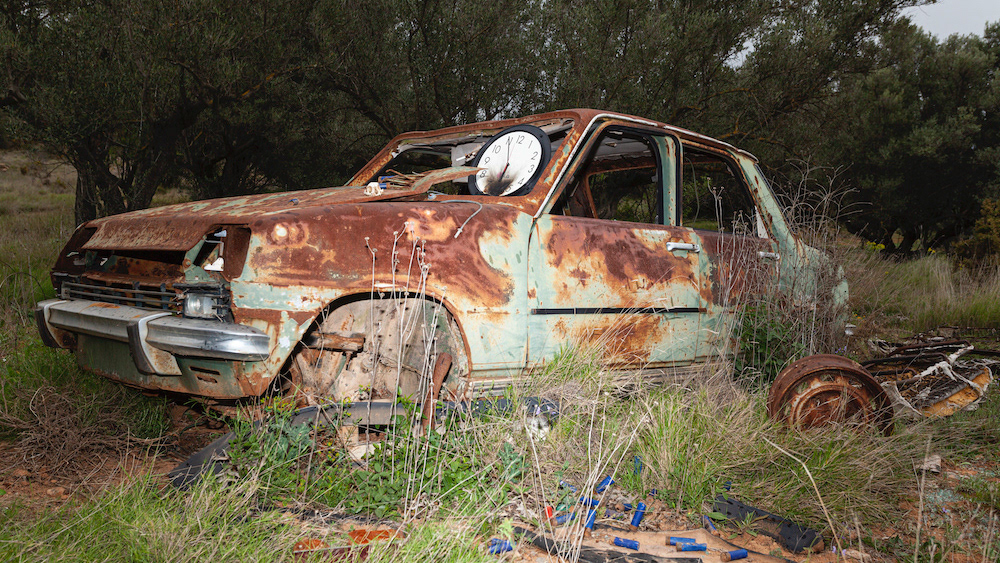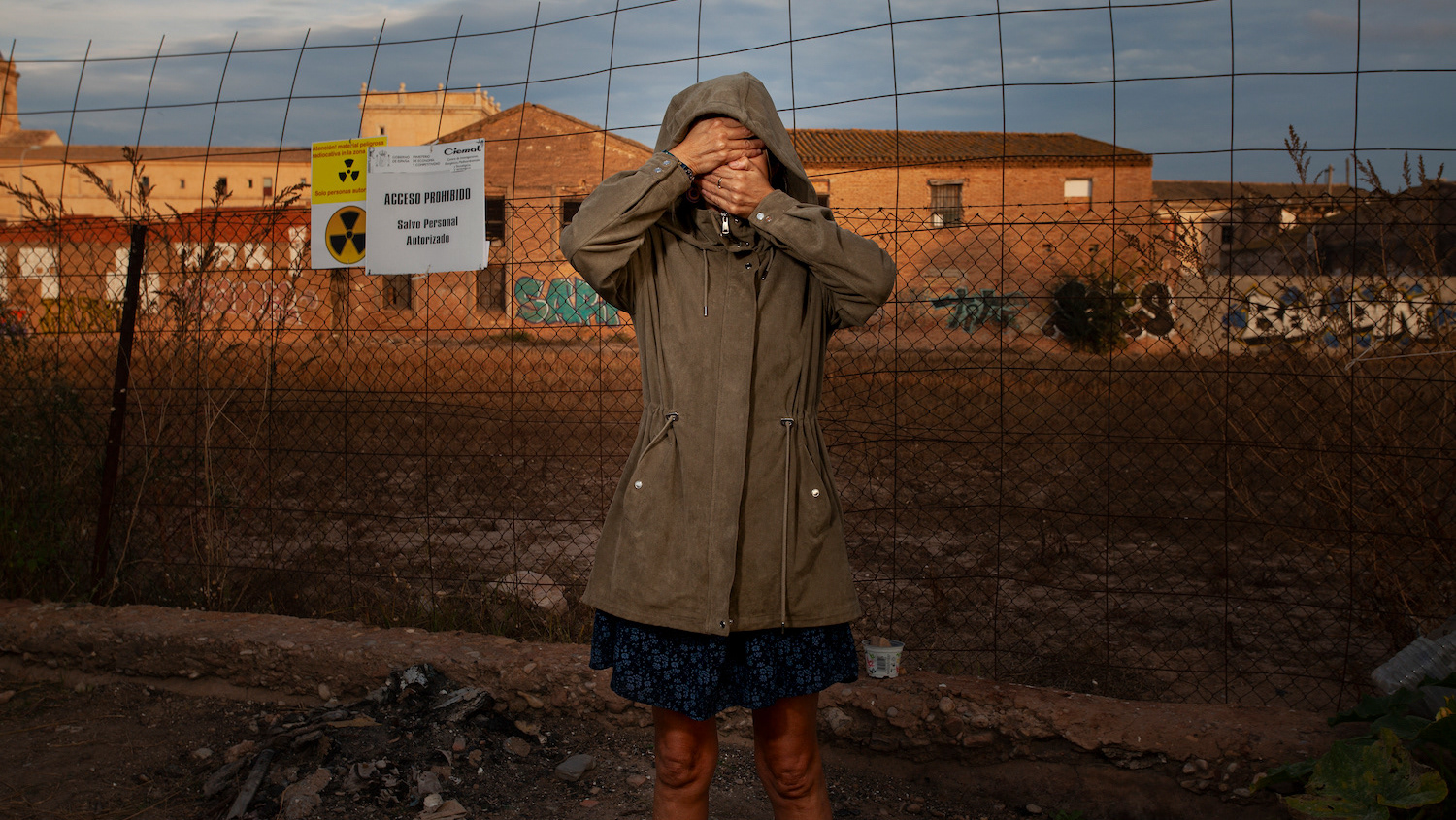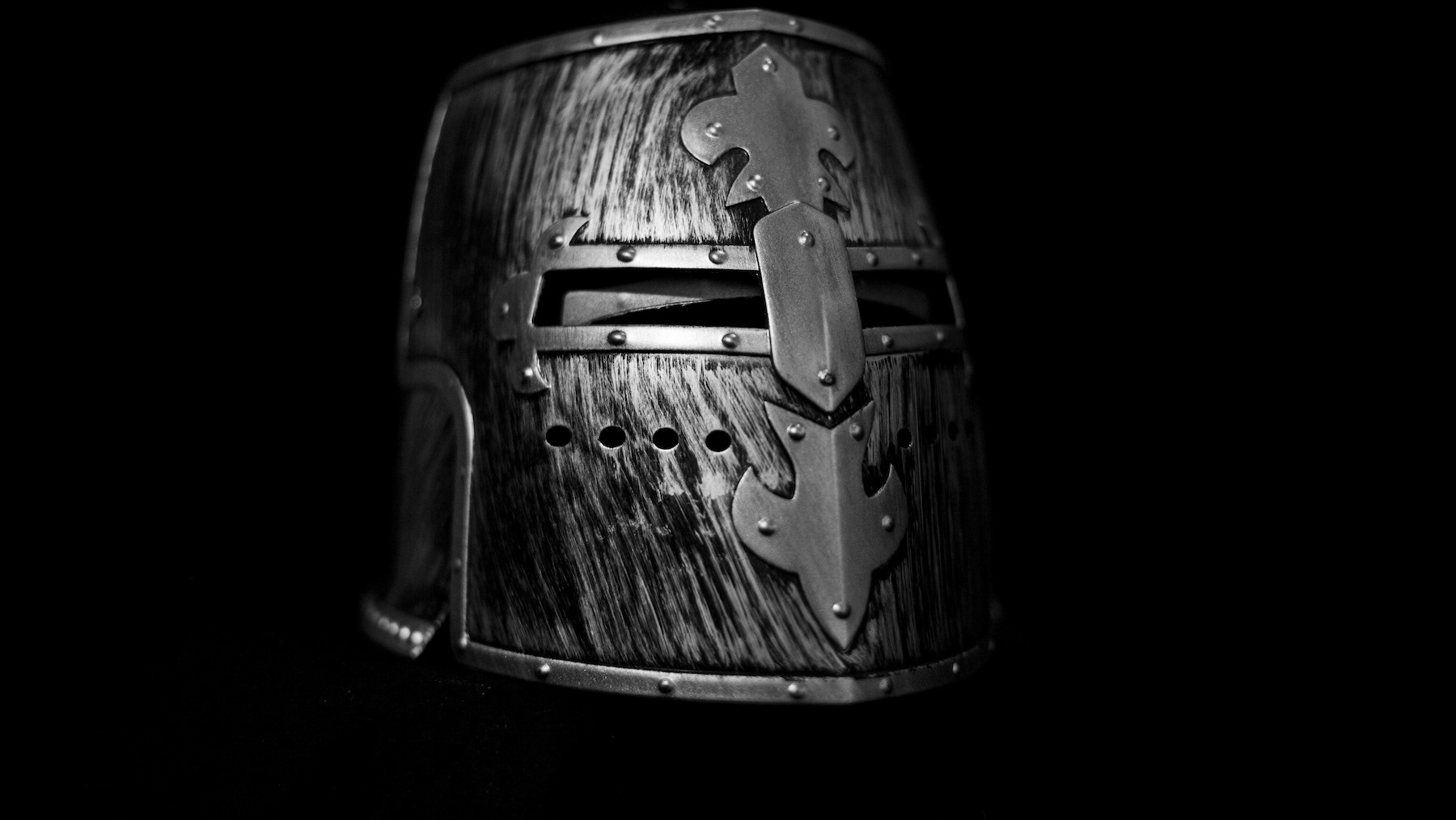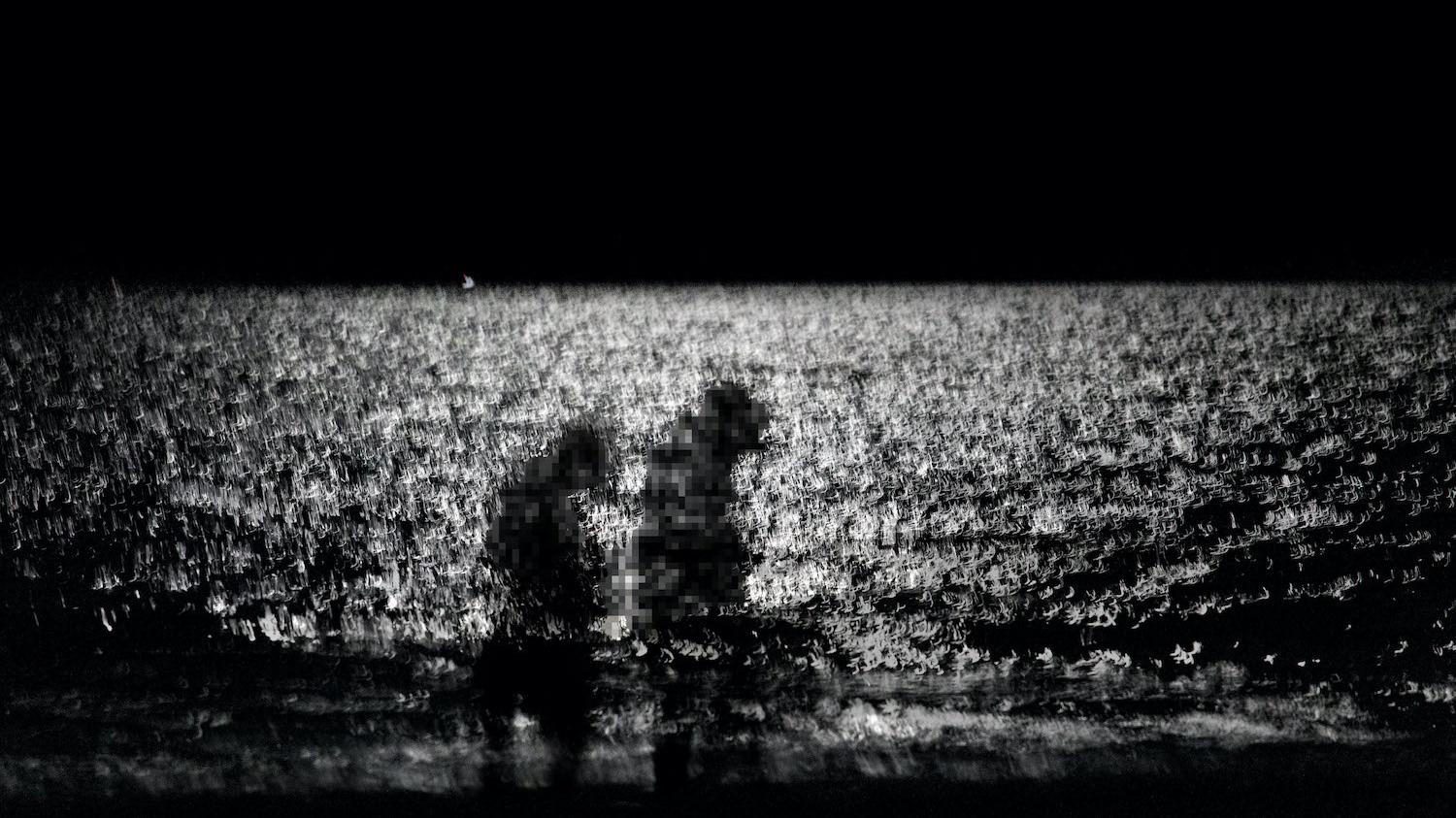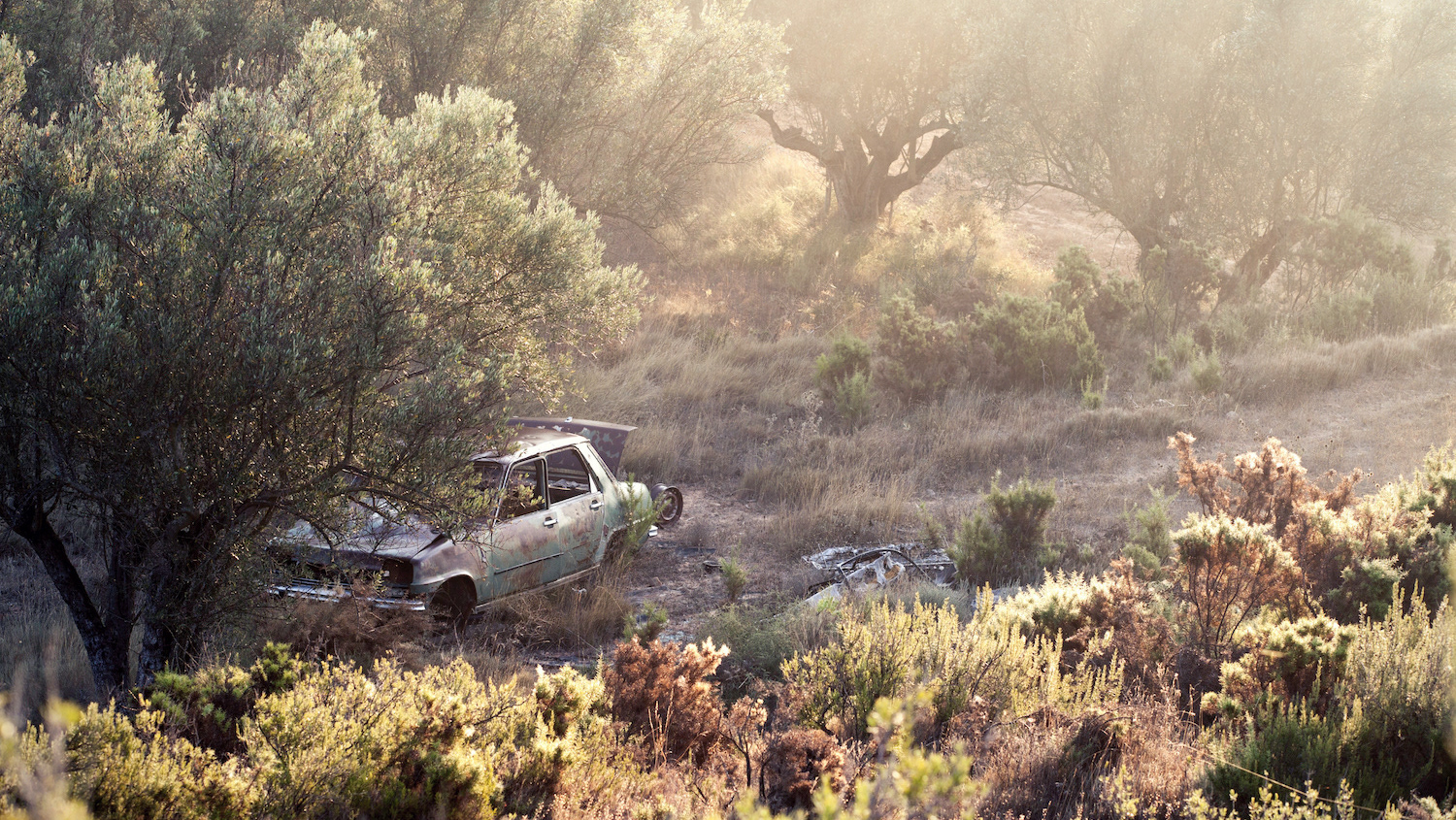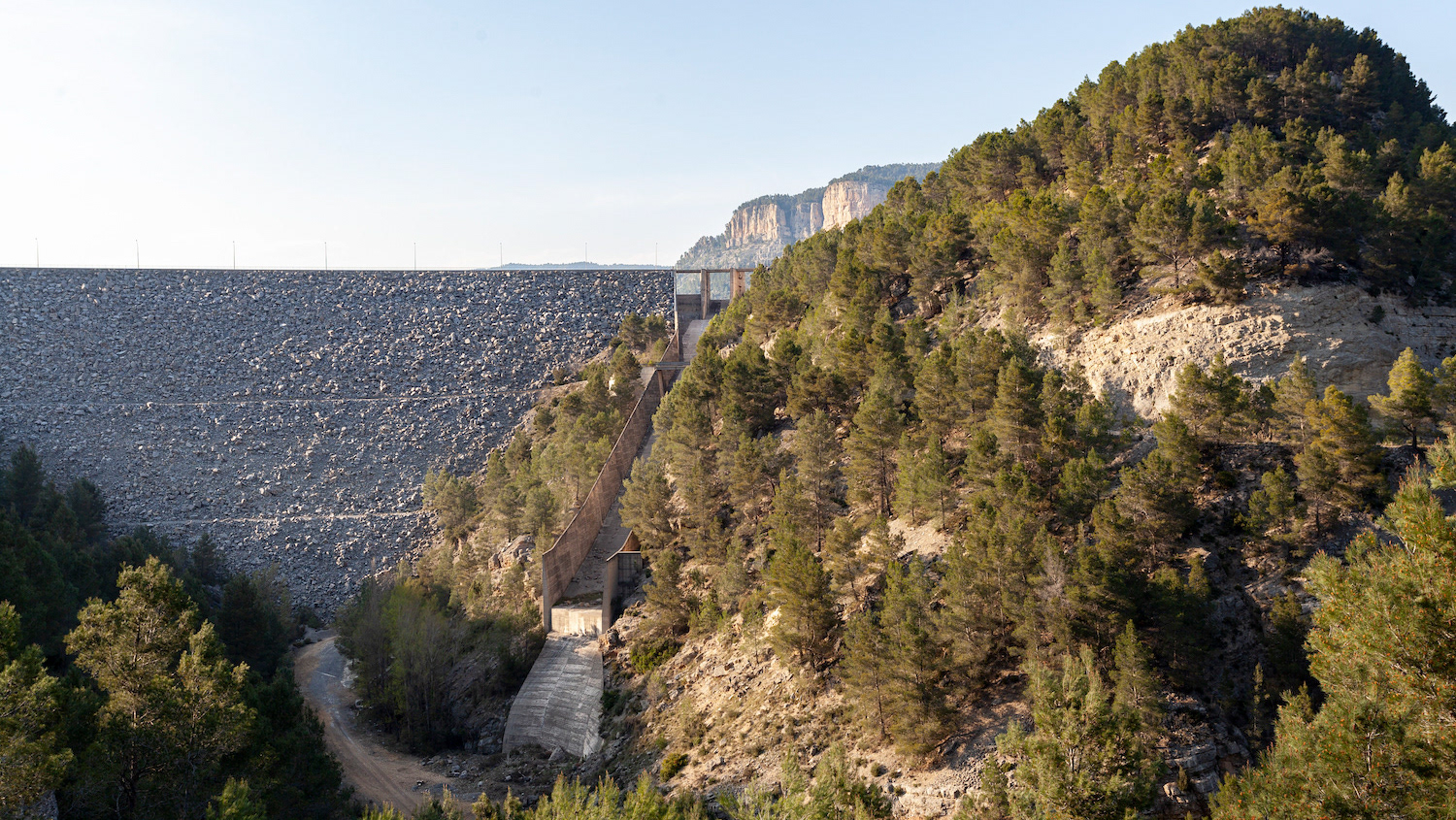The Condition of Heat-work in progress
In the following series I attempt to probe photography from the point of view of its polysemous and shape shifting meaning. The photo acts with liminal tendencies such as: an image is of the past but perceived in the present, its significance takes place between the denotive and connotative planes, if its contextual supports shift, so does its meaning, the photo exists between itself and the perception of the viewer. In all of these ways a photo holds different liminal tendencies if by liminal tendencies it can be understood that the photo is always on a threshold of potential meaning. I explore through the symbolism of key words, ways in which photos are a transitional process of potential meaning rather than a fixed historical document that hold a one time meaning for all. I am interested in the shape shifter nature of the photo using symbols and metaphors that relate back to early writings based on liminal studies. Liminality per se is a Threshold, a place of suspense but also is a device that utilises the paradoxical and even ambiguous. It is this behaviour of the photo that drives my interest and inquiry to explore this theme. A photo without meaning is “meaningless” yet no photo holds an inherent or transparent meaning without further context beyond itself. When these contexts are intentionally shifted or changed, therefore, the meaning of an image becomes very fluid and subject to alteration. I use as a framework for the layout, the threefold model of Arnold Van Gennep, the ‘pioneer’ of the concept of liminality in anthropological contexts. It is here that the series is loosely divided into separation, limen, and re-integration, the three main phases of a transitional process according to Van Gennep. Narrative elements: Transmutation, borders, edges, eclipses, paradoxes, ambiguity, a culture adrift Starting with people I can progress onto landscapes and situations that provide a paradox of meaning when they are placed in them. Some contextual change during the same sequence or series of images in order to shift perception from one idea another. This could be situational, or staged. The narrative could be more or less sequential such as cinematic unfolding or something more obscure and ambiguous. Paradox A ‘truth standing on its head’, situations that present clear paradoxes, things that could be true or not, real or not, they are and are not there (absence and presence simultaneously either in one frame or two joined frames. “seemingly absurd contradictory” meanings to things: Someone with two different shoes on, a person seemingly doing one thing but then appears to be doing another. Night, twilight and day all merged together in one image (or more hours as composite image). Things that show opposite facts or characteristics. Transmutation One thing that turns completely into another: water to steam, boy to man, girl to woman, day to night; a process of how something goes through definite stages to become something else that is changed yet linked to what went before transforming of seemingly fixed elements into something else, shattering that idea. Ambiguity A quality of being open to more than one interpretation, “inexact”.
